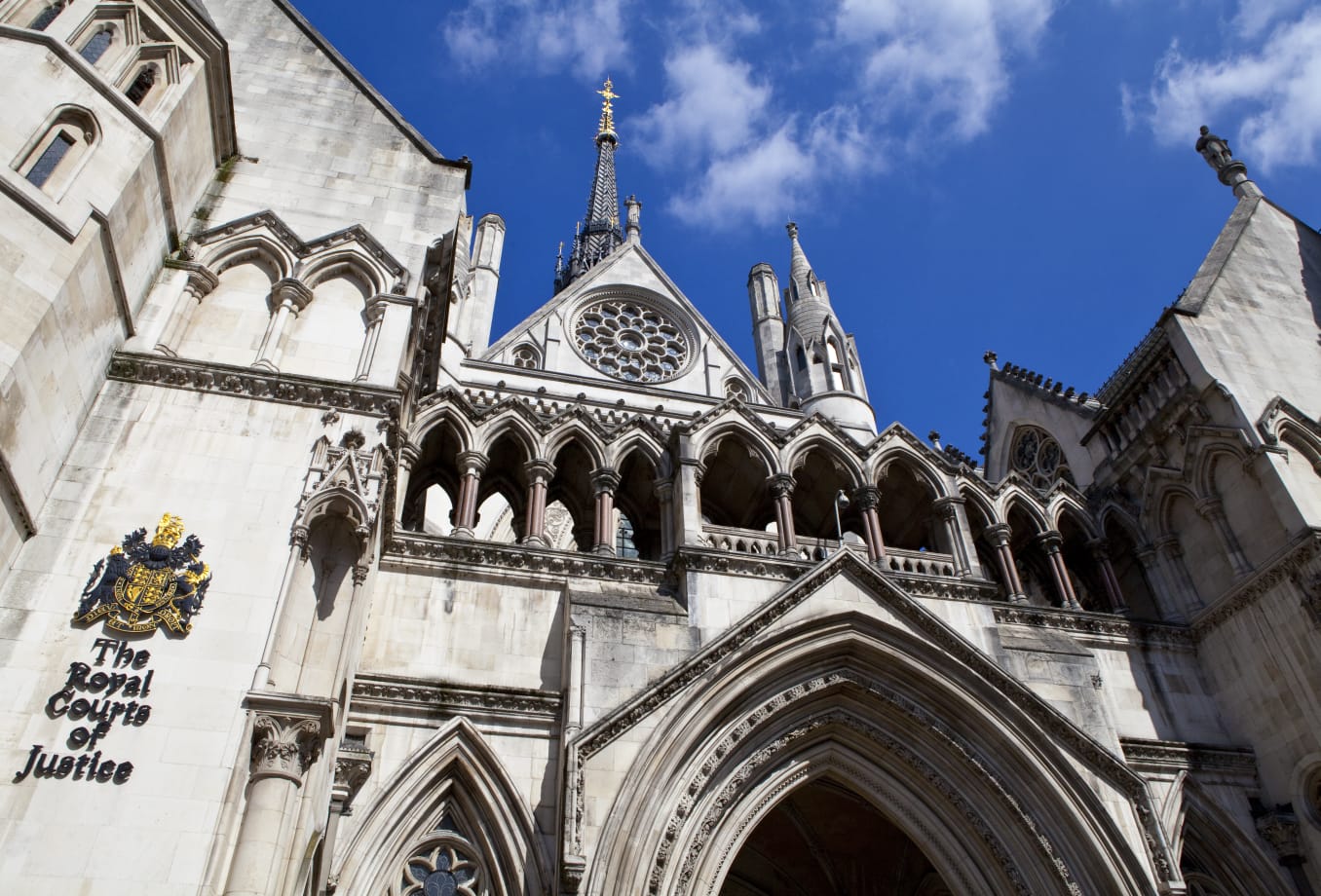This can range from advising on a consumer issue or neighbour dispute, all the way through to taking civil court proceedings for professional negligence. Parties should always genuinely attempt to avoid litigation. It is costly and risky. They should also ensure there is abundant evidence to demonstrate that litigation has been a last resort. That evidence could prove very valuable in the long-run.
An early solicitor’s letter can be invaluable in focussing minds and demonstrating to an opposing party that your case must be taken seriously. Early advice should give you the solid foundations and directions your case needs to succeed.
Sometimes you are dealing with an intransigent opponent. That can mean making the best move you can and assessing their reaction. The hope is that they see sense. If they do not, ultimately they can be made to see sense by a Court. That is when records of your reasonable efforts to avoid escalation can really pay-off. Every step in a dispute needs to be carefully weighed up and presented to have the maximum desired effect.
‘Dispute resolution’ ranges from a favourable early settlement to winning a court judgment. In hoping for the best – such as an early favourable agreement – one must always prepare for the worst (ie. a trial). Being perceived as doing the latter should make the former far more likely.
Always bear in mind that your correspondence and conduct could one day be scrutinised by a decision-maker. It pays to be polite and reasoned. That should never stop you though from asserting your legal rights firmly and in a business-like and practical manner. CIVIL DISPUTE RESOLUTION CIVIL DISPUTE RESOLUTION


After buying commercial premises on a South Wales industrial estate, our client discovered that their conveyancing solicitors neglected to remove an onerous restrictive covenant from the transfer documents. Our client was therefore saddled with a site that could not be used for anything to do the building trade. The site’s value was substantially damaged. The Defendant eventually accepted our early strategic Part 36 settlement offer soon after accidentally revealing improper instructions to their expert witness. On top of our client’s large settlement figure the losing firm of solicitor’s insurers also had to pay very substantial indemnity costs.

After buying commercial premises on a South Wales industrial estate, our client discovered that their conveyancing solicitors neglected to remove an onerous restrictive covenant from the transfer documents. Our client was therefore saddled with a site that could not be used for anything to do the building trade. The site’s value was substantially damaged. The Defendant eventually accepted our early strategic Part 36 settlement offer soon after accidentally revealing improper instructions to their expert witness. On top of our client’s large settlement figure the losing firm of solicitor’s insurers also had to pay very substantial indemnity costs.



When cracks appeared in the walls of their specially commissioned house in a quiet Hampshire village, a survey revealed that the adjustable piles used to counter subsidence had been filled-in with concrete. The building company had since folded. While the building was put right by insurers, we had the company restored to the Companies House Register, to sue them for negligence (damage to value/loss of amenity). We managed to recover hefty damages and alongside all of our client’s legal costs in an unusual case involving insolvency and tort principles.

Longstanding residents in a quiet cul-de-sac were stunned to find that a private right of way running past the front and side of their property had without their knowledge been designated as a public way. Their objections led to a Public Inquiry. The matter was contested in an arena where our clients were heavily outnumbered. Nevertheless, patient and careful deconstruction of the rationale behind the public right of way defeated the designation and the public right of way ended up not being confirmed.



Longstanding residents in a quiet cul-de-sac were stunned to find that a private right of way running past the front and side of their property had without their knowledge been designated as a public way. Their objections led to a Public Inquiry. The matter was contested in an arena where our clients were heavily outnumbered. Nevertheless, patient and careful deconstruction of the rationale behind the public right of way defeated the designation and the public right of way ended up not being confirmed.
